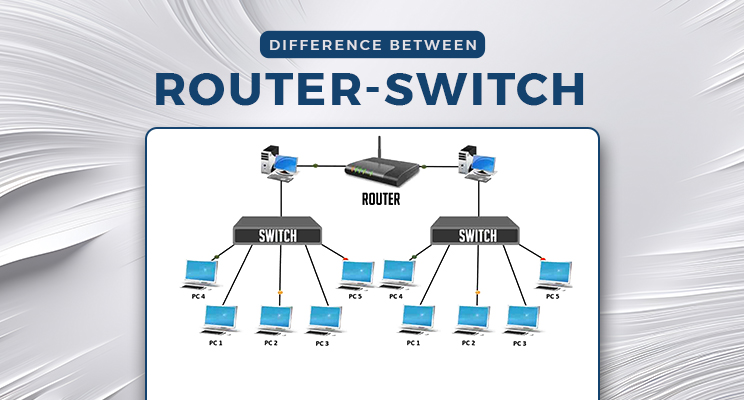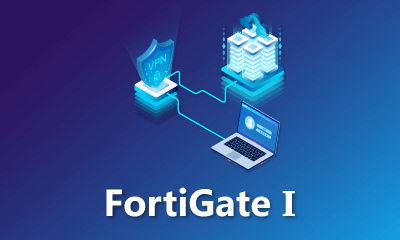Network Automation and OSPF: Simplifying Network Configuration with Automation Tools

Strong 8k brings an ultra-HD IPTV experience to your living room and your pocket.
Network Automation and OSPF: Network Configuration Simplified with Automation
In the changing landscape of networking, scalability, security, and efficiency are a priority. Manual configuration is rapidly losing ground to network automation systems that simplify processes and eliminate the possibility of human errors. One of the key technologies that complement such automated systems is the OSPF protocol.
In this UniNets blog, we discuss the collaboration between network automation and OSPF, explain the OSPF full form, working, and how it has helped shape tomorrow's secure and automated networks.
What is OSPF?
Let's start from the ground up.
OSPF is Open Shortest Path First. It is an open-standard routing protocol used in IP networks. OSPF is a type of link-state protocol that creates a full network map to identify the best path for data packets.
Learning about what is OSPF is important for network engineers, particularly as more organizations adopt automated solutions for managing their network infrastructure.
How OSPF Works
So, how does OSPF operate and why is it so central to the modern network?
Here's a quick summary of how OSPF operates:
Neighbor Discovery: OSPF routers broadcast "Hello" packets to identify other OSPF-capable routers in the network.
Link-State Advertisements (LSAs): Each router exchanges information regarding its links with neighbor routers.
Database Creation: Routers aggregate received LSAs into a Link-State Database (LSDB).
Shortest Path Calculation: With Dijkstra's algorithm, every router calculates the shortest path to all destinations.
Routing Table Update: The best routes are subsequently inserted in the routing table.
Due to this dynamic behavior, OSPF can quickly respond to changes in the network, making it a good candidate to be used with network configuration automation tools.
What is Network Automation
Network automation is the application of software tools and scripts to configure, manage, and monitor network devices and services automatically. Instead of configuring every device individually, network automation provides centralized, repeatable, and scalable management of your infrastructure.
Typical functions automated are:
Device provisioning
Software updates
Policy deployment
Route optimization (such as with OSPF)
Networking automation tools tend to make use of APIs, scripts, and platforms like Ansible, Python, or Cisco DNA Center to make and expedite network operations.
Network Automation Examples with OSPF
Below are some network automation examples with real-life situations in which OSPF is important:
1. Automated OSPF Configuration
With automation tools like Ansible, engineers are able to provision OSPF configurations on hundreds of routers using a single playbook. This makes the process uniform and eliminates human errors.
2. Real-time Network Monitoring
Automated infrastructure can track OSPF adjacency status, route changes, and link failures in real-time—triggering alerts and remediation scripts as necessary.
3. Traffic Balancing and Cost Adaptation
Through automated OSPF cost values on interfaces, networks can balance traffic dynamically based on utilization or bandwidth.
4. Cloud Network Integration
Cloud networks built using dynamic routing protocols can be natively integrated with on-premises OSPF networks using automated VPN and route exchange configuration.
These illustrations reveal how network configuration automation streamlines the task that would otherwise consume considerable manual labor.
The Function of OSPF in Network Automation Systems
OSPF's dynamic, standardized, and vendor-neutral architecture makes it the best fit for inclusion within network automation systems. It minimizes static route management needs and eases intricate network topologies.
Major advantages of employing OSPF in automation:
Automatic Route Discovery: No static route definition between all nodes is needed.
Faster Convergence: OSPF quickly responds to changes, which is well-suited for dynamic, automated environments.
Scalability: OSPF area-based architecture accommodates massive automation deployments.
Interoperability: OSPF operates on devices from a variety of vendors—essential for automation platforms.
OSPF and Cybersecurity Consulting
Though automation raises efficiency, it also calls for robust security controls to avoid vulnerabilities. This is where cybersecurity consulting steps in.
How Cybersecurity Consultants Secure Automated OSPF Networks
A cybersecurity consultant makes OSPF-enabled automated networks safe by adopting best practices like:
OSPF Authentication: Applying MD5 or plaintext authentication of routing updates to prevent spoofing.
Route Filtering: Blocking malicious or erroneous routes from entering the network.
Access Control: Controlling which devices may join OSPF.
Regular Audits: Making sure automated OSPF deployment adheres to organizational security policies.
At UniNets, our cybersecurity consulting professionals assist organizations in securing their automated networks by blending OSPF expertise with advanced security measures.
Why Hire UniNets for OSPF and Network Automation Training?
At UniNets, we provide expert-level courses and consulting that is tailored to network experts wishing to enhance their OSPF, network automation, and security skills.
Our OSPF-intensive training includes:
OSPF theory and lab work
OSPF within real-world automation systems
Secure OSPF deployments for enterprise networks
Integration with Python, Ansible, and other automation tools
Whether you're getting ready for a career in networking or want to become a cyber security consultant, UniNets gives you hands-on, industry-relevant knowledge.
Conclusion
The convergence of network automation and OSPF is revolutionizing how IT infrastructure is handled. By marrying the dynamic routing features of OSPF with automation tools' capabilities, companies can gain more agile, efficient, and secure networks.
Knowledge of what OSPF is, how OSPF operates, and how it integrates with network configuration automation is essential to any contemporary IT professional. And with increasing security issues, utilizing cybersecurity experts guarantees such automated platforms are both effective and secure.
Want to become an expert in OSPF and automation? Contact UniNets for practical training, specialist advice, and world-class cybersecurity consulting services.
Note: IndiBlogHub features both user-submitted and editorial content. We do not verify third-party contributions. Read our Disclaimer and Privacy Policyfor details.







